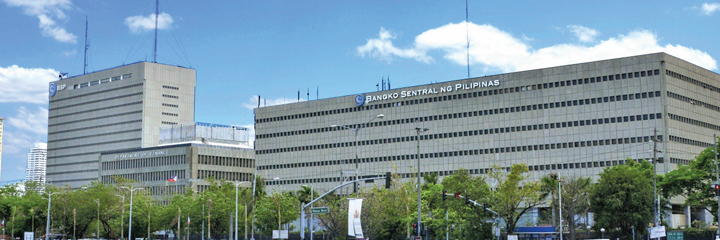
KEY interest rates are not expected to change for the rest of the year amid the projection of below 4-percent inflation by December, according to a joint research by the First Metro Investment Corporation (FMIC) and University of Asia and the Pacific (UA&P).
The FMIC and UA&P study sees the Bangko Sentral ng Pilipinas (BSP) keeping an accommodative stance in terms of monetary policy until the end of 2021.
“Monetary policy should remain unchanged for the rest of the year as BSP remains supportive of the growth imperative,” they said.
In the last monetary policy meeting, the Monetary Board kept the interest rate on the overnight reverse repurchase facility at 2 percent. Overnight deposit and lending facilities were also untouched at 1.5 percent and 2.5 percent, respectively.
BSP Governor Benjamin Diokno said last month they will likely maintain the interest rates for the rest of the year as well amid the manageable inflation level.
Diokno said the Philippines is “fairly comfortable” and does not “need to raise interest rates at this time.” This, despite the upward adjustment in interest rates by central banks in other countries amid the pandemic.
“They fear inflation and…they see their exchange rate deteriorating so fast. As a result, some of them have adjusted the policy rates,” Diokno said earlier.
The think tanks said that the inflation level could reach 5 percent in October due to an increase in crude oil prices.
“However, we still see headline inflation to go below 4 percent starting December since the huge uptick in November-December 2020 wouldn’t repeat,” they added.
Consumer prices in September eased to 4.8 percent from 4.9 percent a month earlier, bringing the average figure to 4.5 percent.
FMIC and UA&P said this was below the 5-percent projection by the analysts.
“Lower food prices softened the impact of higher fuel prices. Stable prices of heavy weighted rice prices, combined with the slight easing of elevated meat, fish and fruits, more than offset the minor gains in vegetable prices,” they explained.
BSP, for its part, maintained that the inflation this year is
expected to average at 4.5 percent. This is seen to further ease to 3.3 percent and 3.2 percent in 2022 and 2023, respectively.
The peso, meanwhile, is expected to trade sideways as “the mighty US dollar has begun to weaken in sync with its economy,” the study noted.
“While the seasonal inflow of OFW [overseas Filipino workers] remittances provides the positive factor, the gaping trade deficit primarily caused by soaring crude oil prices may offset this,” it continued.
The dollar-peso exchange rate averaged at P50.14 against the greenback in September, which was more robust than P50.23:$1 a month earlier, FMIC and UA&P said.

